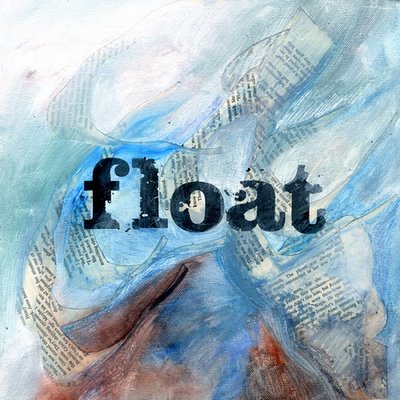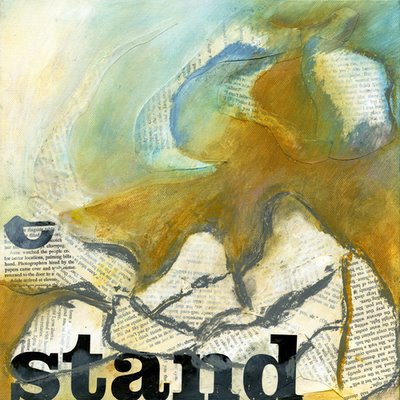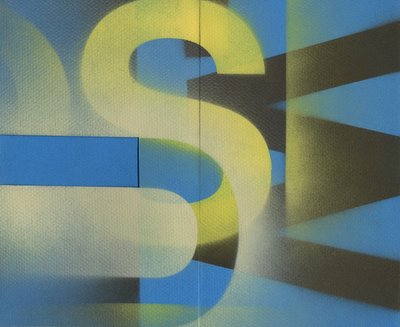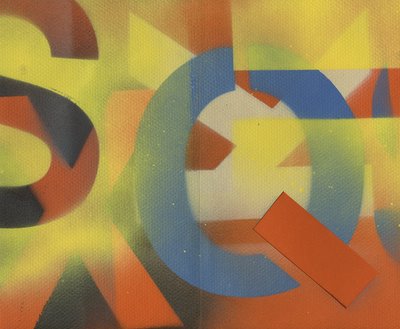places


Core Samples 04 — Think about places which have been, and may still be, special or important to you. Recall places where you were able to be centered, to see clearly. Think about where this place is geographically and physically.
My paintings for this week attempted to create emotive illustrations about beaches, and to create assemblages about the juxtaposition of sand and the water. I thought that the words “stand” and “float” conveyed the essence of this point of transition and opposition in long stretches of sand and endless water.
Most of the places I wrote about were outdoor places. Beaches seemed to always hold interest and inspiration for me. When I grew up in San Francisco, I used to always go walking or running along Ocean Beach. It was the open, uncovered place of refuge in a dense urban environment. At the beach, the sky was wide open and my eyes could scan the distant horizon and the calming water. I watched the waves, breaking on and receding from the shore. The rhythm of the waves enlightened a meditative state of relaxation and contemplation.
I went to the beach on warm sunny days, as well as on overcast foggy ones; it was always beautiful and peaceful. I always enjoyed Northern California beaches, and somehow was shocked when I moved to Los Angeles and beaches were no longer natural refuges, but crowded entertainment venues. I liked the windswept, isolated strips of sand, rather than the crowded volleyball arenas.
Beaches are places were two things come together: the land and the water. The sky and the horizon are also visible here, but they are not usually visible in dense cities like San Francisco. Calm, empty, quiet—they are an edge and a boundary, a connection and a separation. Beaches are places of juxtaposition and transition.















